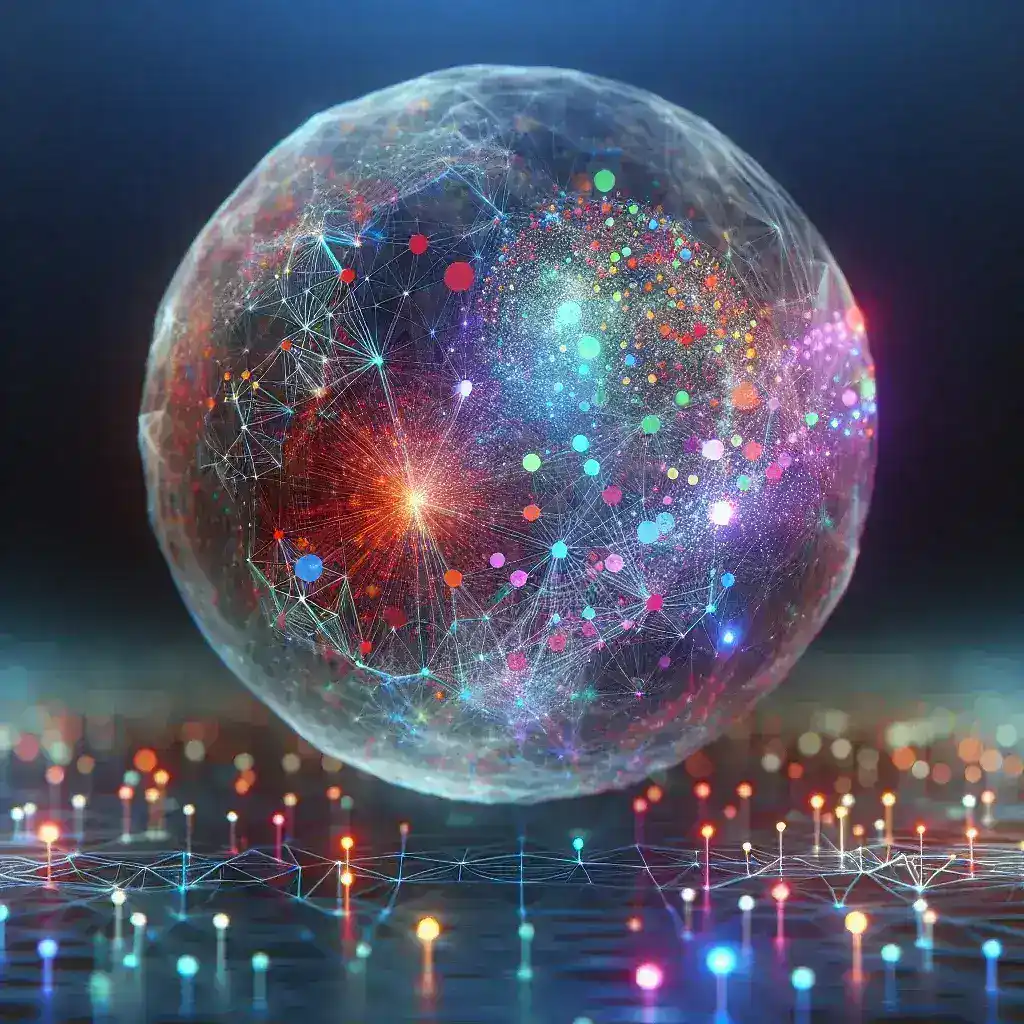Introduction
Artificial Intelligence (AI) is transforming various fields, including healthcare. One of the most promising applications of AI is its ability to detect subtle biomarkers of Autism Spectrum Disorders (ASD). Understanding these biomarkers can lead to earlier diagnoses, tailored interventions, and ultimately better outcomes for individuals on the autism spectrum. In this article, we will delve into the mechanisms of AI algorithms, the biomarkers they identify, and their potential impacts on autism diagnosis and treatment.
Understanding Autism Spectrum Disorders
ASD encompasses a range of neurodevelopmental conditions characterized by challenges with social skills, repetitive behaviors, and communication difficulties. The Centers for Disease Control and Prevention (CDC) reports that approximately 1 in 44 children in the United States is diagnosed with ASD, highlighting the urgent need for effective diagnostic tools.
Biomarkers and Their Importance
Biomarkers are measurable indicators of biological processes. In the context of ASD, they can include genetic, neurological, and behavioral markers. Identifying these biomarkers is crucial as they can:
- Facilitate early diagnosis, allowing for timely interventions.
- Guide personalized treatment plans based on individual needs.
- Enhance our understanding of the underlying mechanisms of autism.
The Role of AI in Detecting Biomarkers
AI algorithms, particularly machine learning and deep learning models, have shown remarkable capability in analyzing complex datasets to identify patterns that may not be visible to human analysts. These algorithms can sift through extensive data from various sources, such as:
- Neuroimaging studies (e.g., MRI, fMRI)
- Genetic profiling
- Behavioral assessments
Types of AI Algorithms Used
Several AI techniques are prevalent in the detection of ASD biomarkers:
- Supervised Learning: Algorithms like Support Vector Machines (SVM) and Random Forests are trained on labeled datasets to classify individuals based on their risk of ASD.
- Unsupervised Learning: Techniques such as clustering can identify groups of individuals with similar biomarker profiles, offering insights into potential subtypes of autism.
- Neural Networks: Deep learning models, especially Convolutional Neural Networks (CNNs), excel at interpreting complex data, such as images from neuroimaging studies.
Case Studies: Successful Implementations
Neuroimaging Analysis
Recent studies have employed AI algorithms to analyze MRI scans, identifying subtle differences in brain structure and function in individuals with ASD. For instance, researchers utilized deep learning models to differentiate between the brain scans of children with ASD and neurotypical children, achieving accuracy rates exceeding 90%.
Genetic Studies
AI technologies have also been applied to genetic data analysis. By utilizing machine learning techniques to analyze large genomic datasets, researchers have identified specific genetic variants associated with increased risk for ASD, paving the way for potential genetic screening methods.
Challenges and Limitations
While the potential of AI in detecting biomarkers for ASD is immense, several challenges remain:
- Data Quality: The accuracy of AI algorithms heavily depends on the quality of data they are trained on. Incomplete or biased datasets can lead to inaccurate predictions.
- Interpretability: Many AI models operate as ‘black boxes,’ making it difficult for clinicians to understand how decisions are made.
- Ethical Considerations: The use of AI in healthcare raises questions about privacy, consent, and the implications of predicting ASD in children.
Future Predictions
The future of AI in autism diagnosis appears promising. As more data becomes available and algorithms become more sophisticated, we can expect:
- Improved diagnostic accuracy and speed.
- Development of personalized treatment plans based on individual biomarker profiles.
- Wider access to diagnostic tools, potentially reducing disparities in healthcare access.
Conclusion
AI algorithms hold immense potential in detecting subtle biomarkers of Autism Spectrum Disorders, offering hope for earlier diagnosis and more personalized treatment approaches. While challenges remain, the continued advancement of AI technology and its integration into clinical practice could significantly enhance our understanding and management of ASD. As we embrace this technological revolution, it is crucial to address ethical concerns and ensure equitable access to these innovative diagnostic tools for all individuals affected by autism.

